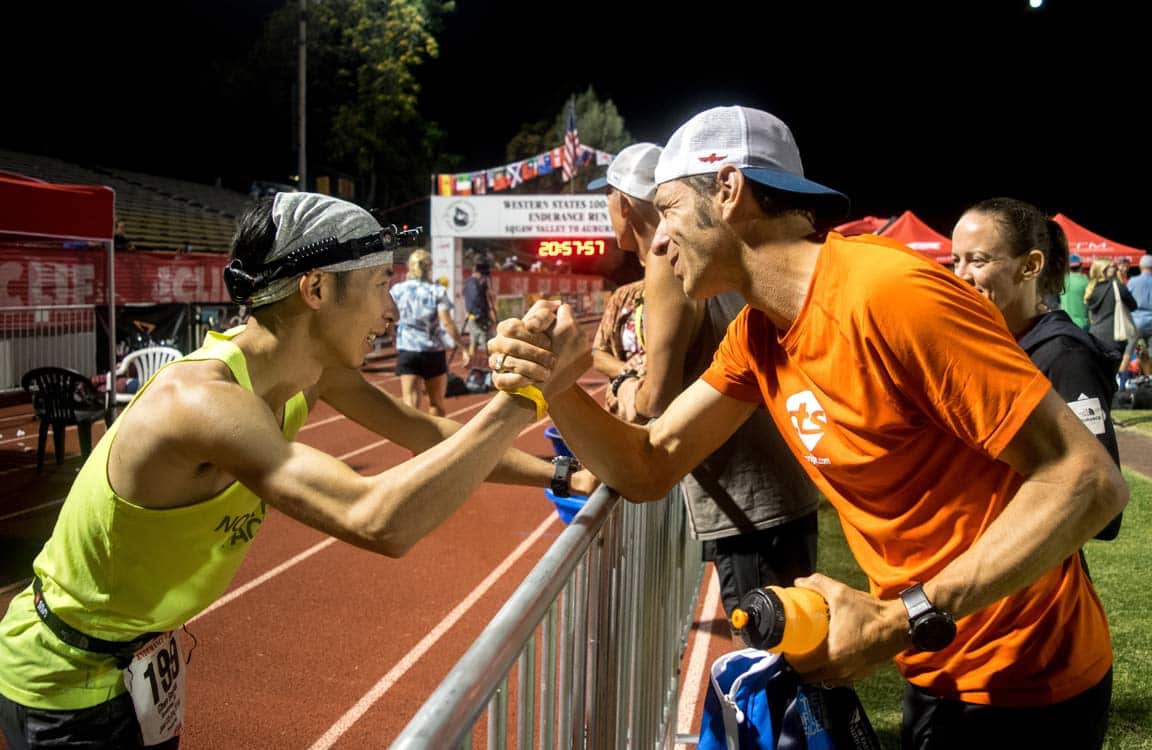
The 9 Steps to Success at Western States 100
With Western States about six weeks away, athletes are finalizing their preparation and should be making their training more and more race-specific. If necessary, there is still time to make changes and corrections to training and nutrition strategies and see results in time for Western States. Some of the 9 steps to success in this article can yield positive results in time for the 2023 Western States Endurance Run.
CTS Presence at Western States 2023
Several CTS Coaches and I have extensive experience with Western States, including 10-time finisher Andy Jones-Wilkins. Each year, the crew of CTS Athletes at Western States includes previous winners, first timers, aspiring silver bucklers and those seeking any finish possible. For 2023, CTS Coach Sarah Scozzaro will be on the start line, as will CTS Athlete and 2022 Ultra Trail du Mont Blanc champion, Katie Schide.
We also send coaches to the race to support athletes. I will be supporting Western States this year, so stop by the CTS tent and say hello! I spend a lot of my time traveling to events to support athletes and I encourage the coaches I work with to do this as well. I’ve learned being at races makes an impact for athletes, far beyond stuffing a few hundred calories into a sweaty hydration vest. Coaches can be there to provide a kick in the pants, a shoulder to cry on or just a friendly face in the middle of a very long day. As one of our coaching clichés go, your athletes don’t care how much you know until they know how much you care.
All that preparation and support translates to results on race day. CTS Athlete consistently finish at a higher rate than the overall finisher rate for Western States (and many other ultras). For the athletes, each result is priceless, and they don’t happen by accident. Here are the 9 steps we use to prepare such varied athletes, from many backgrounds and with different goals to have such a high success rate.
Get to the starting line
Every year, dozens of people initially selected to run Western States choose not to start. This is a testament to the fact that simply getting to the starting line is a challenge. Training is hard and runners succumb to injuries every year. Some studies suggest up to 79% of runners will suffer an injury while training for their event.
Put fitness first
It goes without saying that you need to train for these events. One hundred mile races such as Western States 100 require runners to be prepared for everything. Nutrition, fitness, gear, the ability to cope with extreme heat, and the mind all need to be honed during months of preparation. Fitness is the key, and when you have greater fitness you have more bandwidth to deal with unforeseen challenges on race day. You see this ‘fitness first’ strategy play out in all of the strategies below. For example, our heat acclimatization/acclimation strategy is positioned in an athlete’s list of priorities to maximize fitness and minimize the impact on day-to-day training.
No magic workouts
There’s no magic workout. The athletes CTS has prepared for Western States have completed all manner of workouts. High-intensity VO2 max running intervals, lactate threshold focused Tempo runs, and endurance based Steady State Runs and Endurance Runs. While there is much debate in the coaching world about polarized training vs. threshold training vs. base training vs. pyramidal training vs. any other scheme you can come up with, our athletes’ training focused on one simple principle: Do the most specific things last and the least specific things first.
Less specific to more specific
Fast, high-intensity workouts with less volume were positioned early in the year and less intense workouts with more volume were integrated as the race approached. Simple as that. All of this was aimed at improving our athletes’ overall fitness generally through the year and improving race-specific fitness closer to the race. An example from a number of years ago, Aliza Lapierre (8th place women’s finisher in 2018) started her year in January and February with high intensity Running Intervals (4 to 6 intervals of 3-4 min each) and a total weekly volume of about 10 hours per week. Closer to the race, she was doing Steady State intervals of 45-60 min and nearly 15 hours per week of total volume.
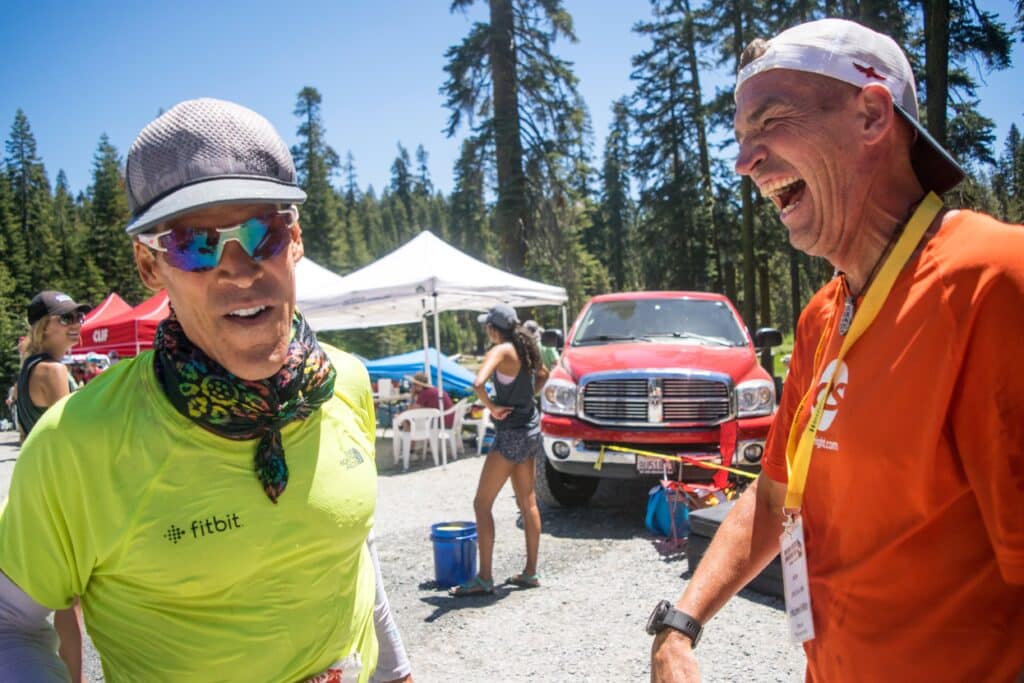
Do a camp
A training camp is an effective and beneficial training activity before any 100-mile ultramarathon. The camp can be a great opportunity to build some miles and vertical, test out nutrition strategies and, in some cases, get feet on the course itself. Our athletes used a combination of camps they arranged near their own training grounds, the official Western States 100 training camp, and camps organized with coaches.
Train for the heat, but do it reasonably
Parts of the Western States course can be very hot. Temperatures in some areas of the course may exceed 100 degrees. Even without knowing exactly how hot it will be, we know heat will be a factor. To prepare, our coaches have athletes go through a variety of different heat acclimatization/acclimation protocols. While there are many out there, we focus on tried and true heat training methods described here. For more information on the recommended timing and duration of heat training protocols, read this. In any case, all forms of heat training are an additional stress. Therefore, overall workload needs to be reduced during this timeframe.
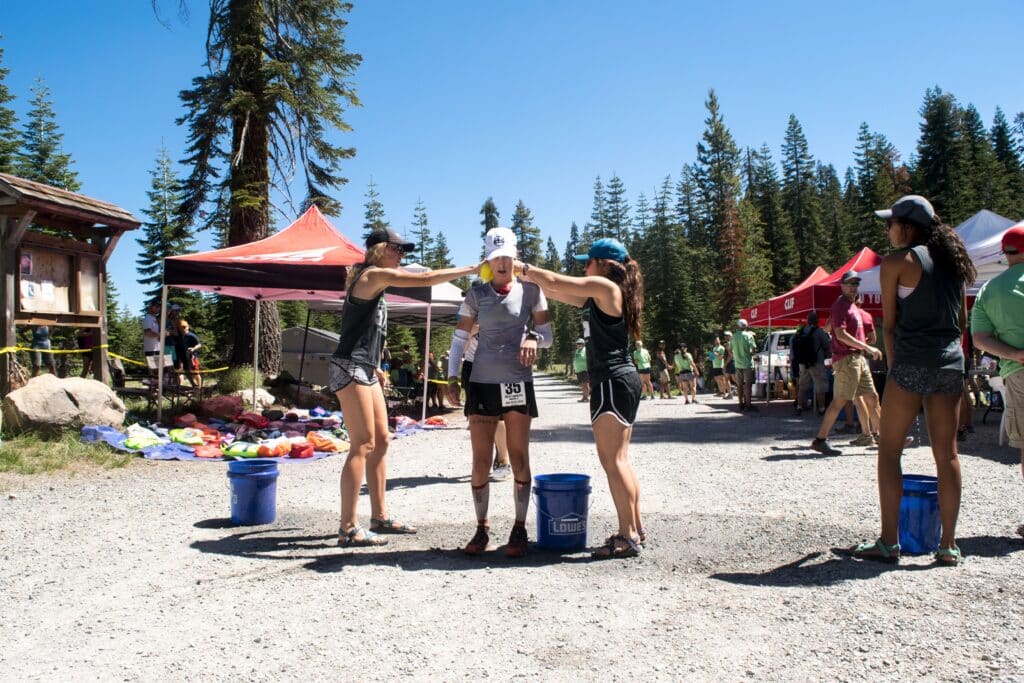
Create flexible nutrition strategies
Another strategy we use across the board is a nutrition strategy that includes flexible fluid targets and sources of calories. Flexibility is always a good thing, but is particularly necessary when the race is long, calorie needs are high, taste preferences will change and, most importantly, fluid requirements vary throughout the day.
At some points, fluid requirements can vary as much as three to four-fold, depending on the athlete and the strategy. As a result, we have athletes experiment in training with everything. From the most scientifically engineered products to gas station Little Debbie snacks, very few things are off the table. Through this training process of trial and error, athletes should develop a plan that is relatively static in calories per hour (200-300 cal/hour, every hour) but dynamic in fluid requirements (16-48 oz per hour, which varied throughout the day). The most important thing is to develop this in training. In the days before the race, there should be little to add or subtract from the plan because so much attention was paid to developing the plan in the first place.
Enjoying This Article? Get More Free Running Training Tips
Get our coaches' best training advice, delivered straight to your inbox weekly.
We use the “Bull’s Eye Nutrition Strategy” for planning and testing athletes’ race-day food and fluid choices.
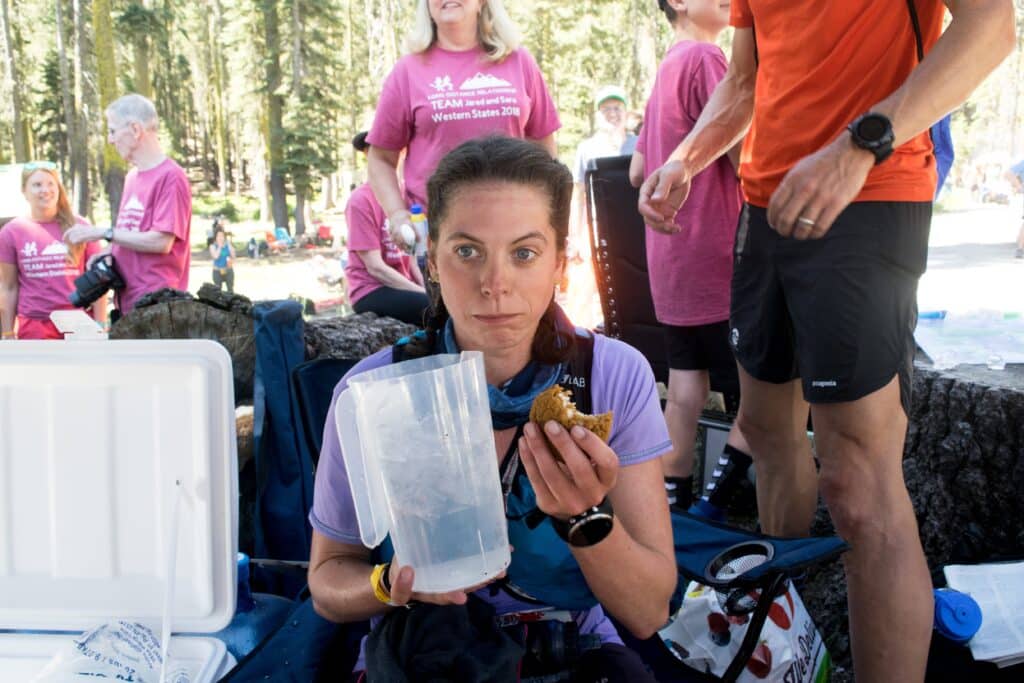
Downhill work: a little goes a long way
Western States is a net downhill course, meaning the vertical feet of descending are greater than the vertical feet of ascending. Because of this, there is a lot of muscular damage and quads get trashed. CTS Coaches have athletes do specific downhill sessions, but surprisingly very little of it. I hear a lot of training stories and strategies focused on long, hard, fast and repeated downhill efforts. The combination of “long, hard, fast and repeated” in regard to downhill sessions is misguided at best and reckless at worst. To prepare for descending, a little goes a long way.
Read more about downhill training, how much to do, and when to do it.
If you have a time goal, maximize efficiency in the aid stations
Several years ago, CTS Athlete Patrick Meskell finished in 23:44:50, barely 15 min faster than his 24-hour time goal. Speaking to him after the race, one quote stuck out: “If I spent just one minute extra at each aid station, I would have a smaller belt buckle.” During the race, his brother was assigned the singular task of keeping track of the time he spent in each aid station, making sure he remained in the aid no longer than 5 minutes.
Like clockwork, he would punch his stopwatch and the countdown would start: “3 minutes left… 2 minutes left… you have to be out of here in 60 seconds.” The rest of the crew was responsible for taking care of the other tasks, refilling bottles, changing gear, etc. This ensured his aid station time was efficient and effective. He used the time he needed to get the food, fluids and gear he needed while minimizing any wasted time. If you have a tight time goal, it’s worth your time to maximize efficiency in the aid stations.
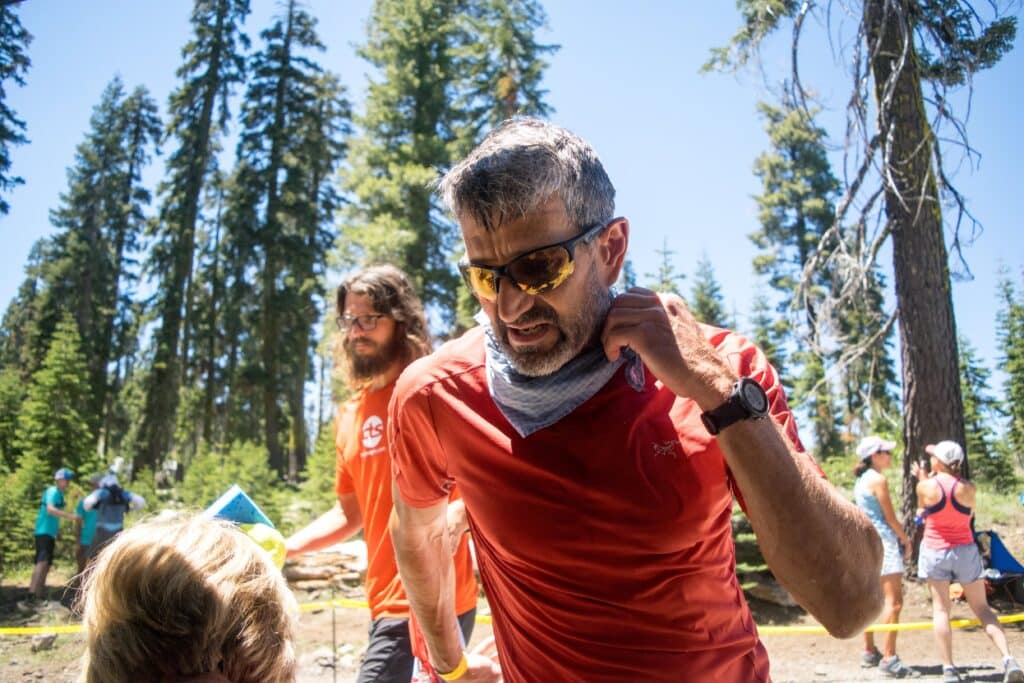
Be determined
CTS Coach Andy Jones-Wilkins is our “Golden Hour Guru”. His very specific Western States knowledge is essential for athletes who are likely to finish within minutes of the final cutoff. One such athlete was Jennifer Raby. She finished in 29 hours and 11 minutes. AJW coached her for the event, and was there for race-day support. As the day wore on, Jennifer battled the heat and a sour stomach. She inched closer and closer to the time cutoffs. That’s when her training came to the fore as she switched her focus on running aid station to aid station, and at one point just outright proclaiming: “I am NOT leaving this race without a buckle.”
This type of determination is not magic. It is not pulled out of a hat on race day. It is intentionally cultivated during training, including through Andy’s strategy of spending two minutes training your mind for every one minute spent running.
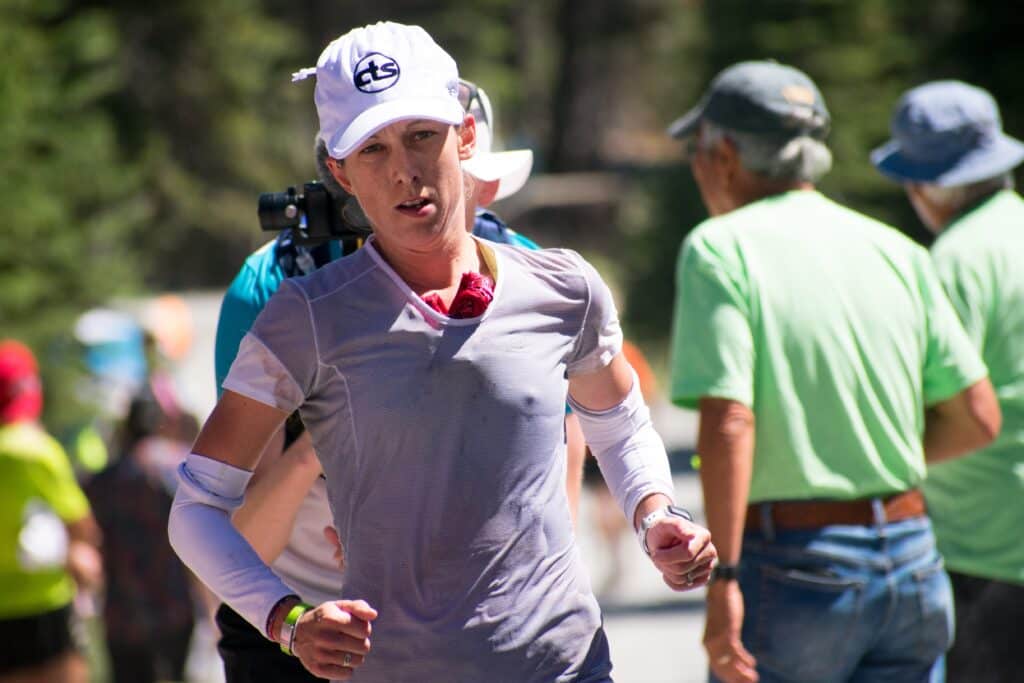
Treat everyone as an individual
As a coaching group, we utilize similar training strategies and discuss our individual athletes’ training ad nauseam. Nevertheless, I can say with 100% confidence that no two training schedules are ever alike. Absolutely nothing is ever copied and pasted from athlete to athlete. No pre-built plans are lazily regurgitated into athletes’ training schedules. Our athletes put too much time and effort into their training to use cookie cutter plans. The takeaway for all athletes is that, regardless of whether you have a coach or not, educate yourself and craft your own path. Blindly copying what your friend does, or what the elites do, is recipe for disaster.
By Jason Koop,
CTS Coaching Director
Author of “Training Essentials for Ultrarunning”
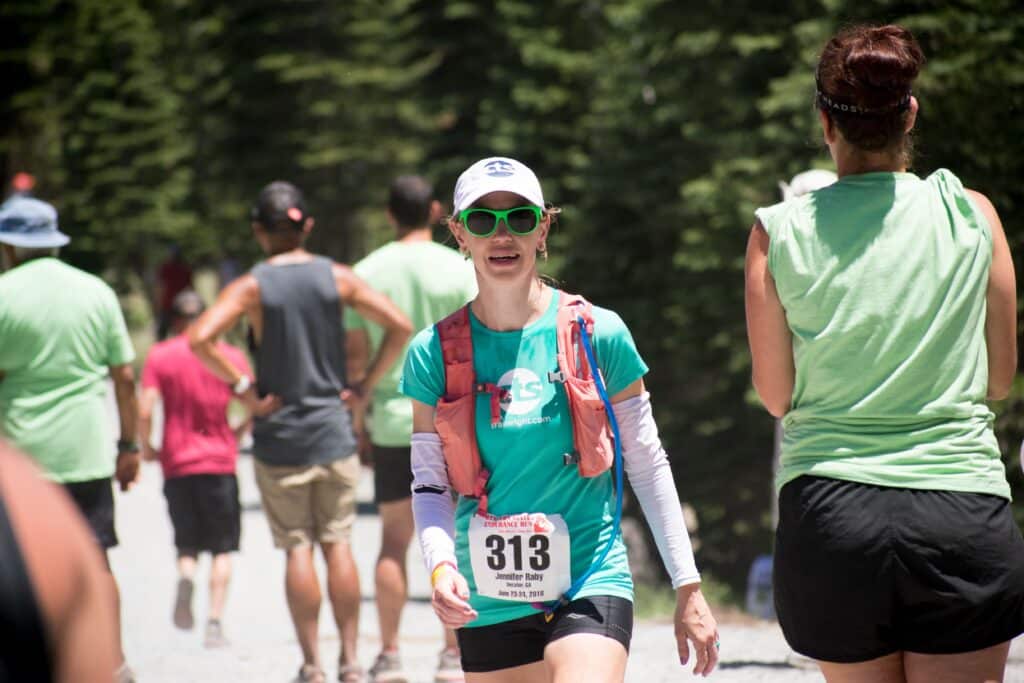
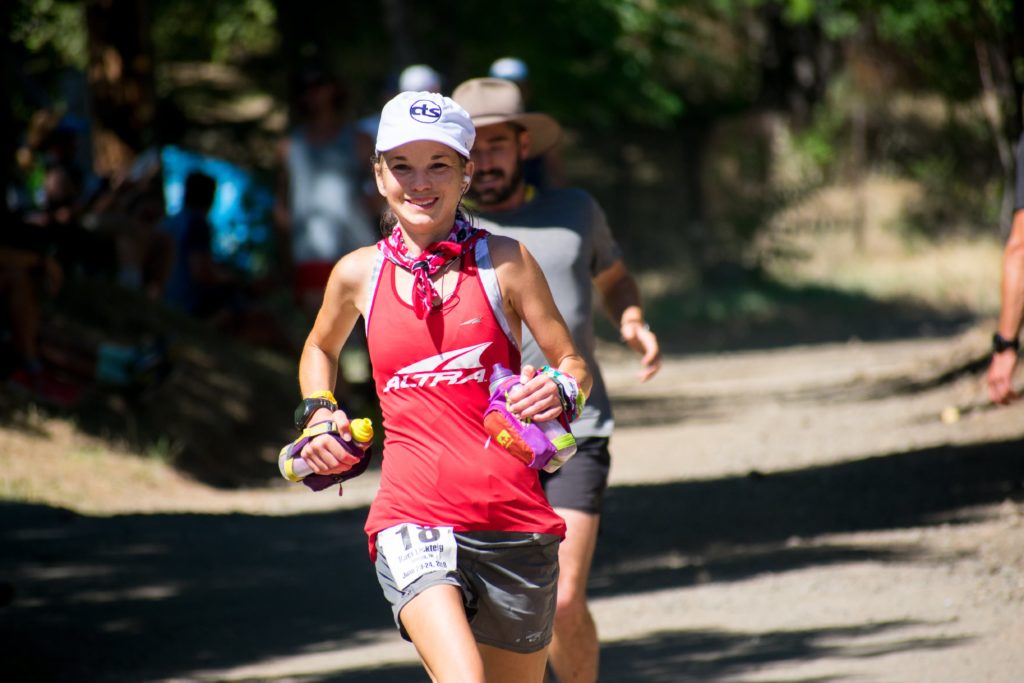
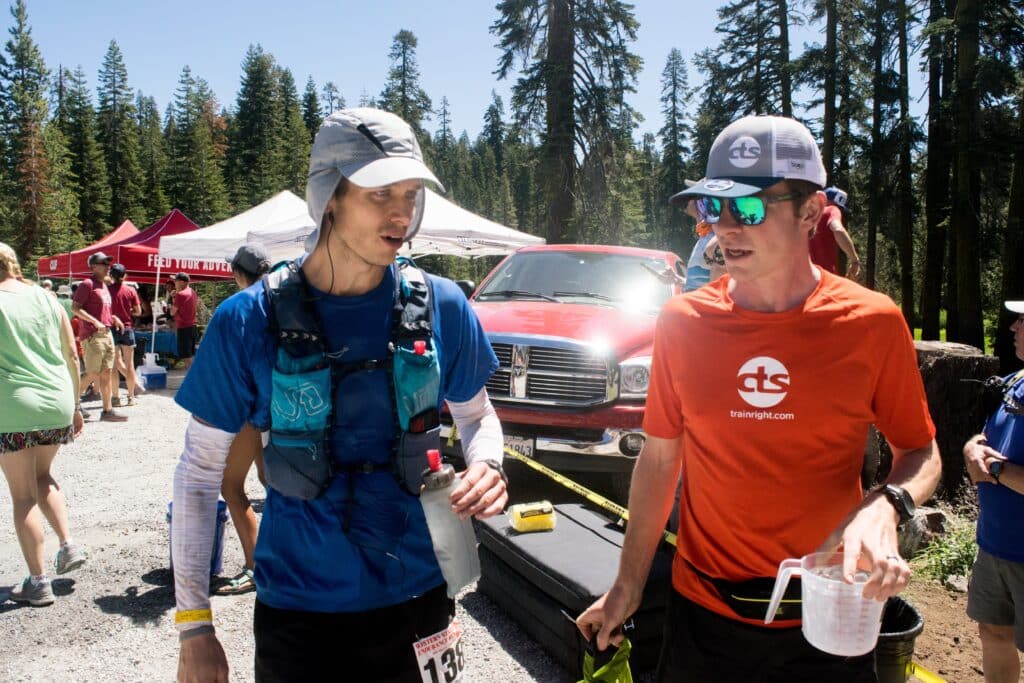
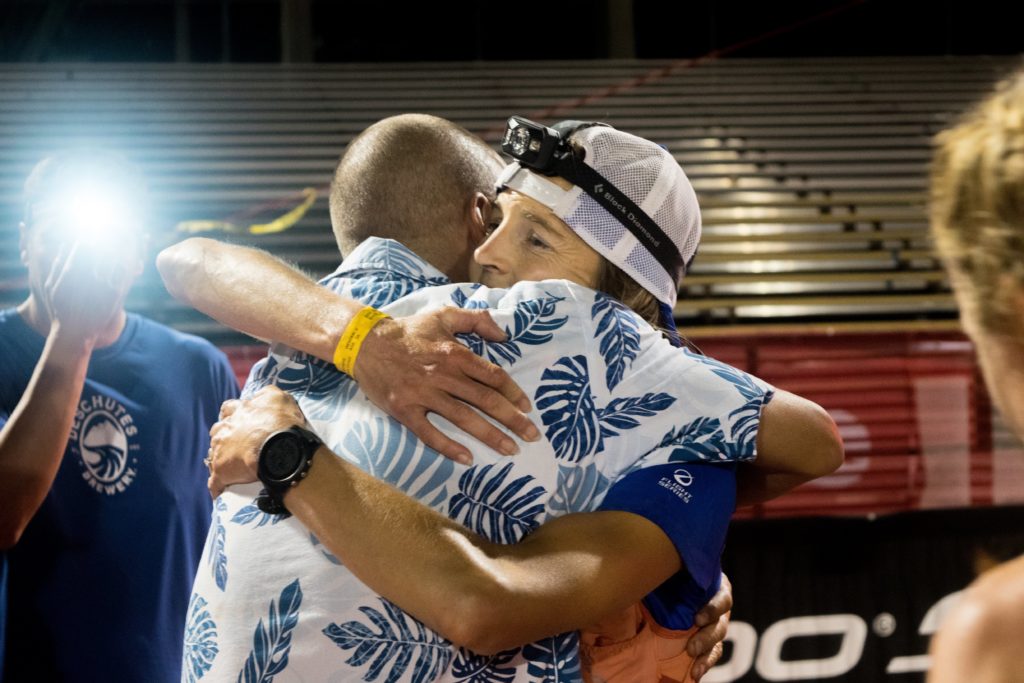
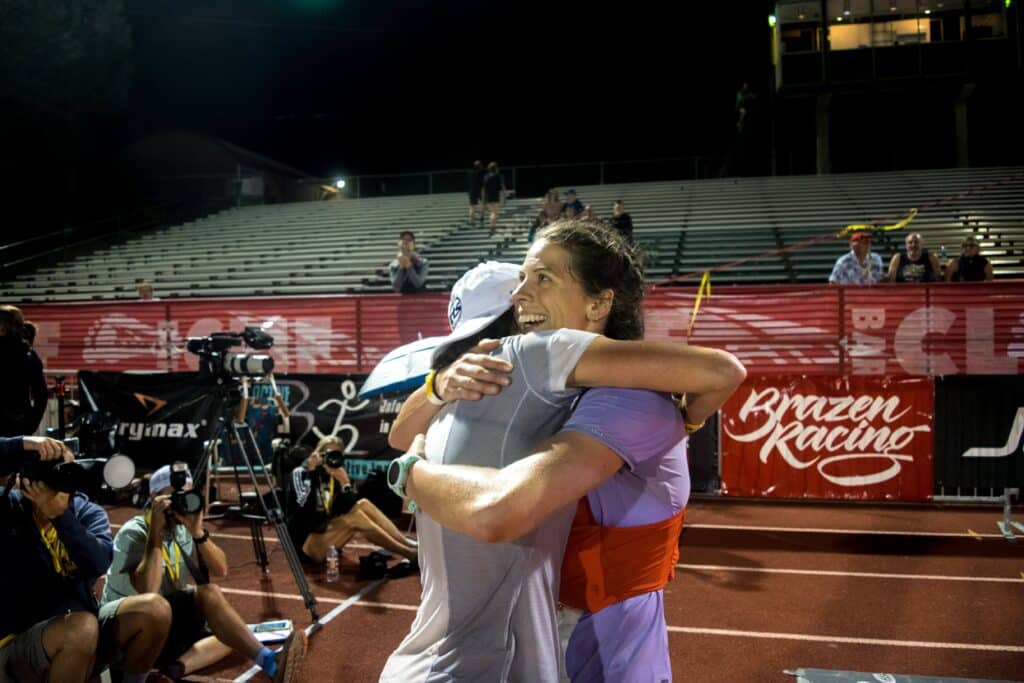
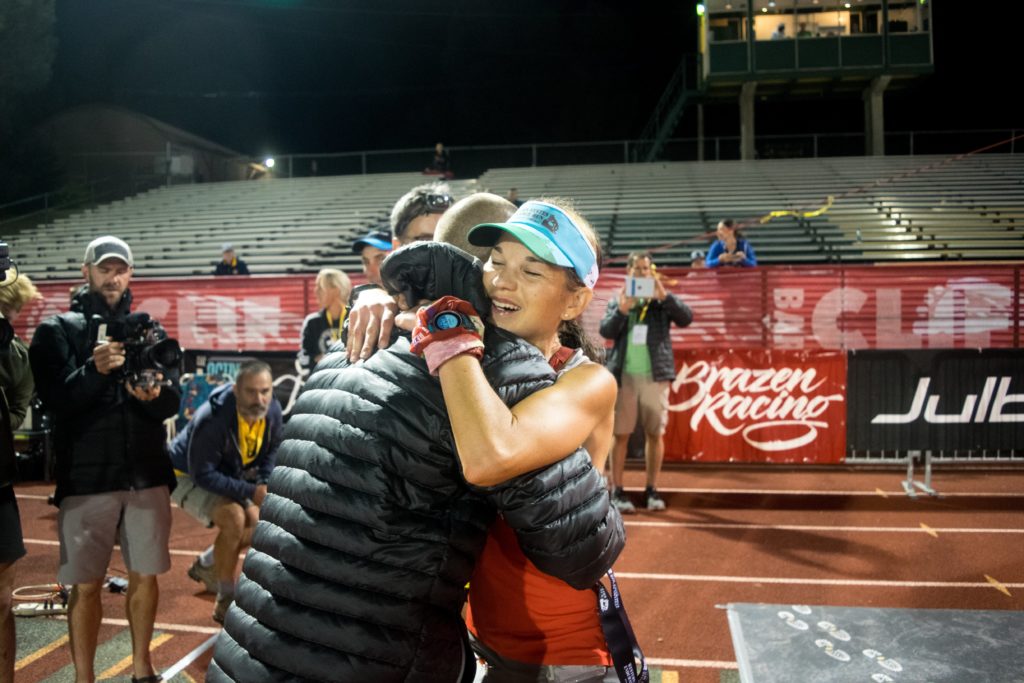
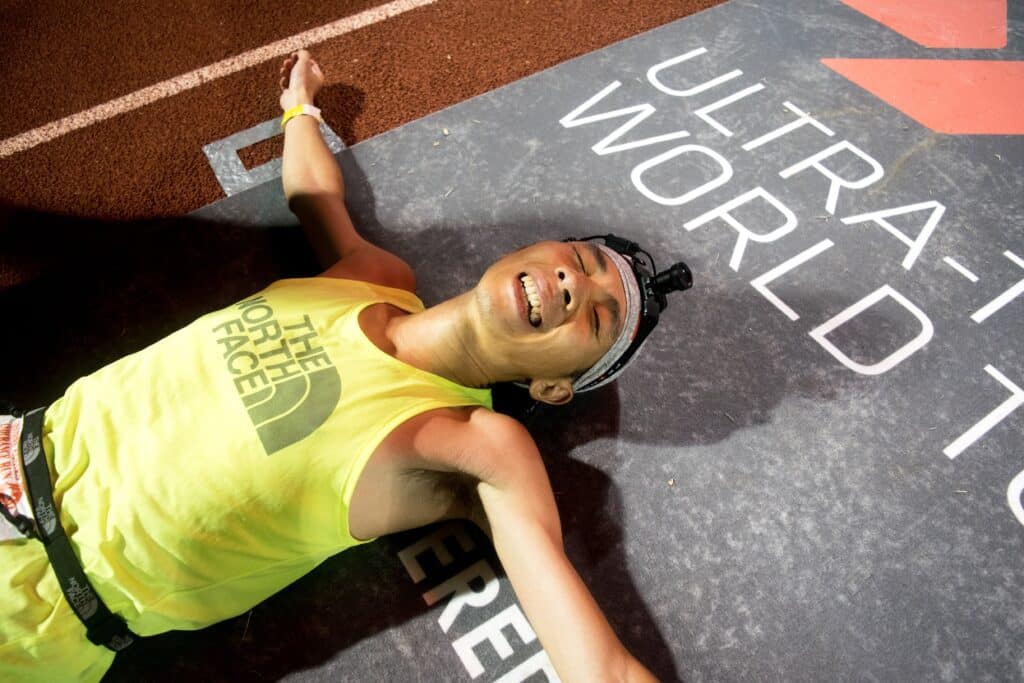
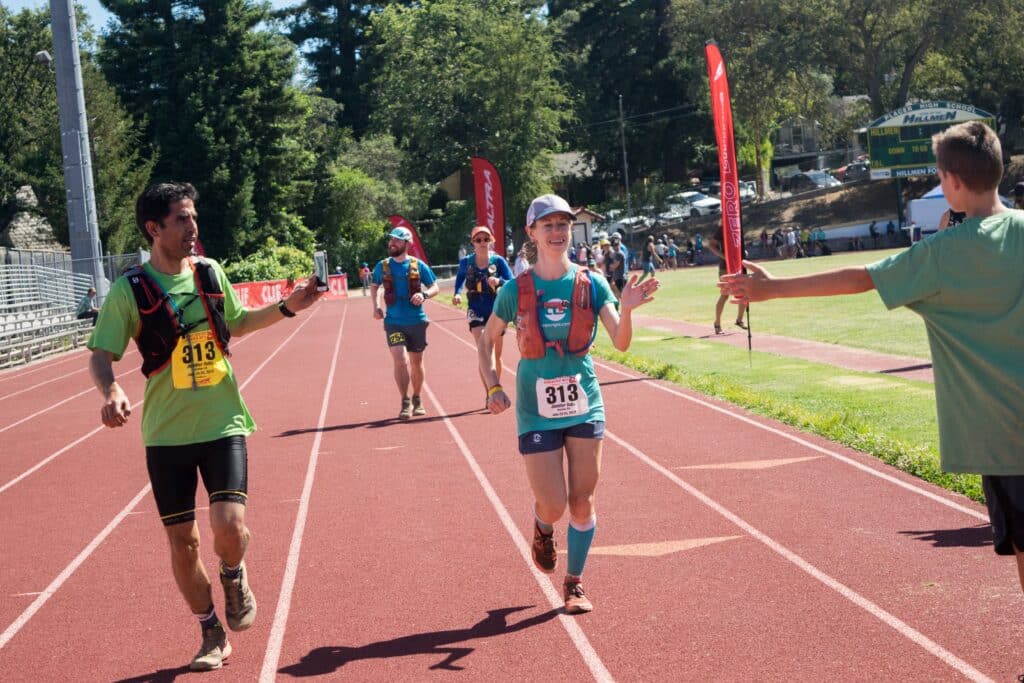
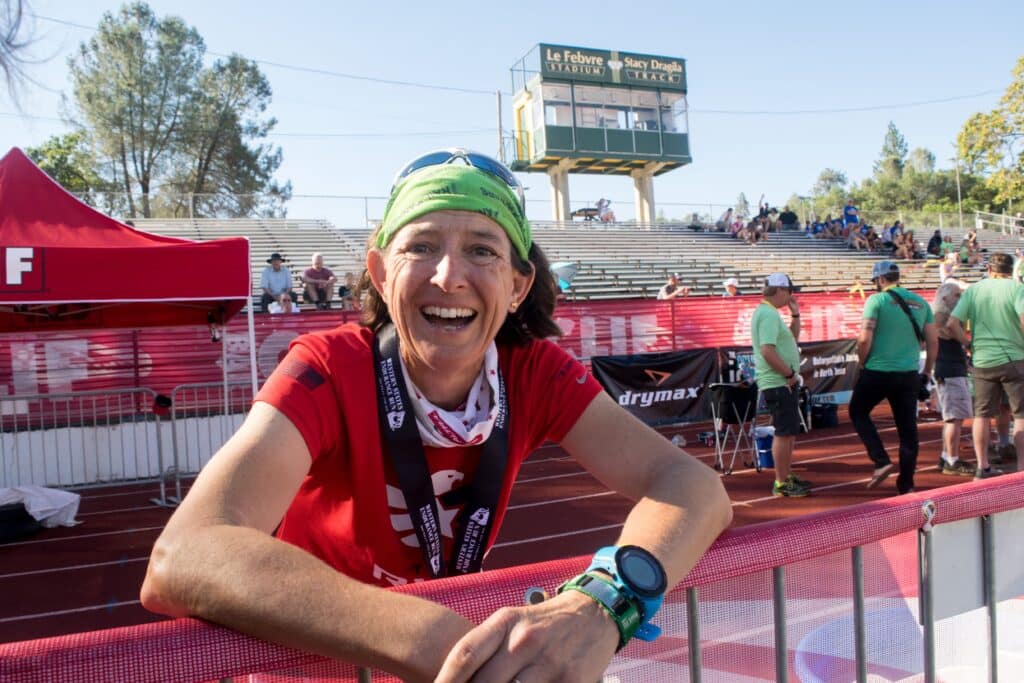

Comments 7
Pingback: Ultramarathon Daily News | Mon, Dec 19 - Ultrarunnerpodcast.com
Great article and I am also finding Jason Koop’s book an amazing resource as I train for my first 100k. But I did smile to myself when I read: ‘as one of our coaching clichés go, your athletes don’t care how much you know until they know how much you care’. I just wish I had that experience with CTS coaching.
Great breakdown of some key ultra strategies. I concur with your coaching coaching ethos about athletes knowing how much you care. That’s a training intervention that can not be quantified but is so valuable.
Thank you and wishing all the Western States qualifiers some meaningful, joyful, injury-free training!
Pingback: Sauna Use For Athletes Improves Recovery and Performance - My Blog
Thanks for sharing your knowledge and craftsmanship, Jason.
Very interesting article ! Thank you
Pingback: Ultramaraton Daily News | Tuesday, June 26 | Ultrarunnerpodcast